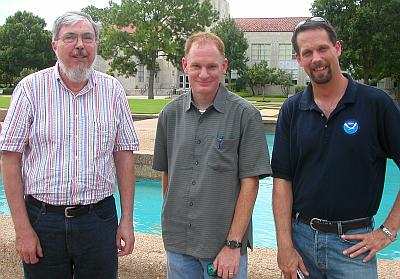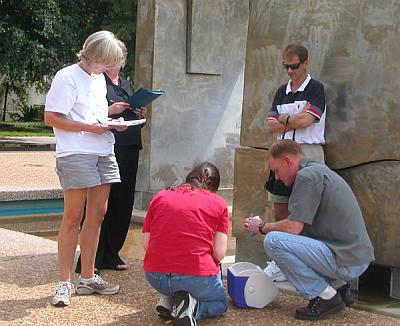


This major scientific field campaign conducted during the summer and early fall of 2006 addresses air quality issues in the Gulf of Mexico and southeastern Texas with an intensive set of measurements from several spacecraft and aircraft, the Ronald H. Brown research vessel (NOAA's largest research vessel), and ground-based measurements. These measurements will greatly enhance understanding of the processes that drive air quality and climate change in this region, ranging from local point sources of air pollutants to transcontinental transport of air masses. The campaign should lead to better pollution and climate prediction models that can also be applied in other regions.
Measurements of aerosol optical thickness (AOT), using handheld sun photometers developed for the GLOBE Program under the leadership of Dr. Brooks, will complement AOT measurements from a newly installed AERONET Cimel computer-controlled sun photometer at the University of Houston -- an important component in air quality instrumentation at the University of Houston developed under Dr. Lefer's leadership. These data will provide currently lacking local spatial coverage of AOT to complement other measures of air quality available from dozens of monitoring stations in and around Houston.
More information about 2006 TexAQS/GOMACCS can be found here.
| Left to right, David Brooks, Barry Lefer, Frank Niepold |  | Barry Lefer with teachers. |  |
| Frank Niepold and teachers. |  |